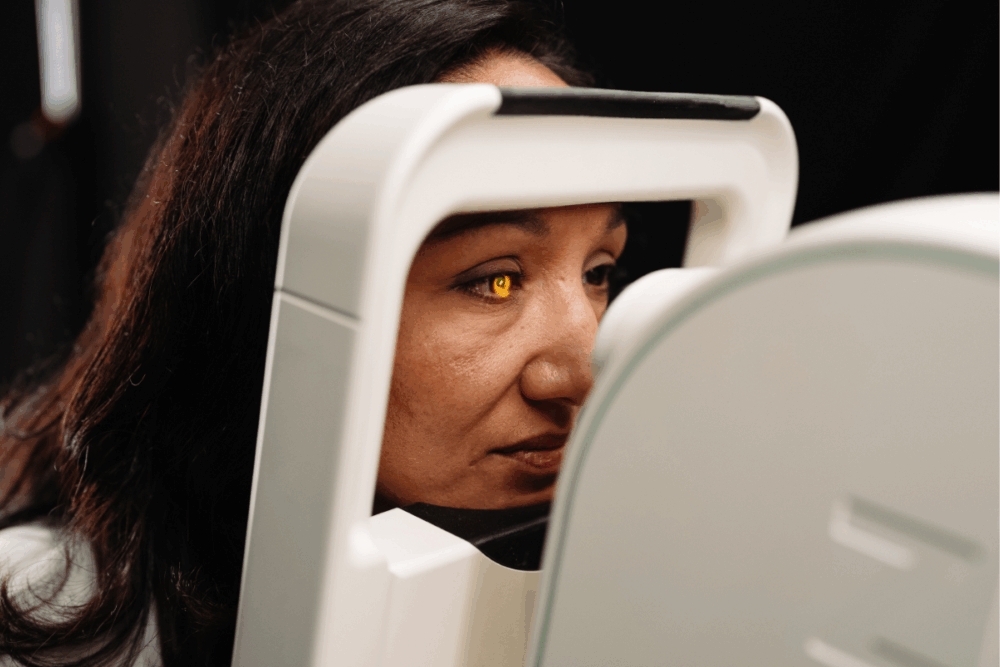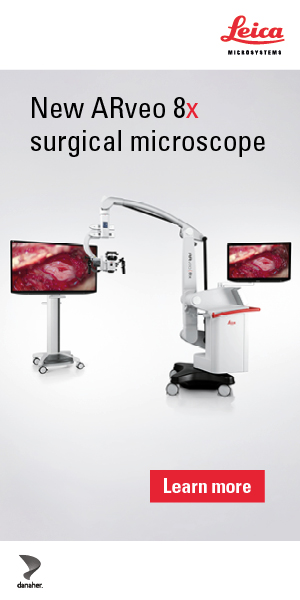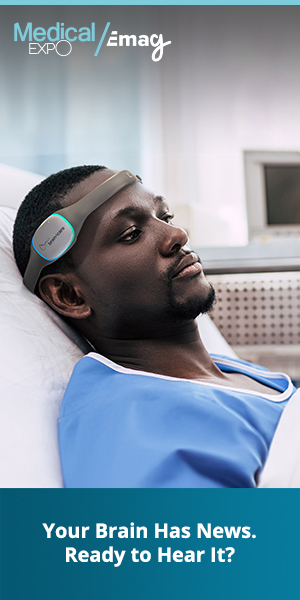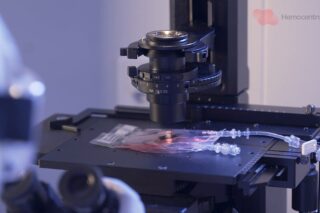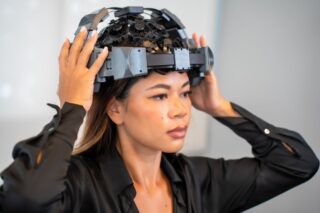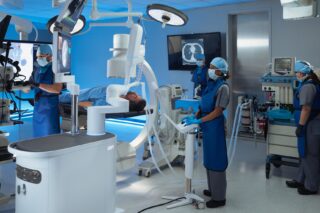A Quebec-based startup is introducing a breakthrough technology that could transform preventive healthcare on a global scale. By analyzing light reflected in the eye, Zilia aims to detect serious illnesses such as glaucoma, Parkinson’s, and certain heart conditions at an early stage. During the Effervescence Forum we were invited to last month in Montreal, Canada, we spoke with Dario Zujo, Director of Business Development at this company born from a fraternal duo.
In the race for early disease detection, a bold Quebec-based startup is taking a radical new route—through the eye. Zilia, co-founded in 2017 by brothers Patrick and Dominic Sauvageau, is developing a disruptive medical technology that combines photonics, and artificial intelligence to detect functional biomarkers in the eye, opening the door to earlier diagnosis of a wide range of diseases.
Their flagship “made in Quebec” innovation, Zilia Ocular, could well change how we screen for ocular, neurological, and cardiovascular diseases—long before symptoms appear or damage becomes irreversible.
Zilia Ocular: Measuring the Invisible
At the heart of Zilia’s innovation lies a deceptively simple idea: use light to detect biomarkers in the eye. This “spectroscopy” technique analyzes how light interacts with different molecules, offering a fingerprint-like signature of the tissue’s health, Dario Zujo, Director of Business Development explains:
“Our device sends low-intensity light into the eye, which reflects off the retina like a mirror. The light that returns carries spectral signatures, allowing us to detect specific biomarkers such as oxygen saturation.”
This data is not only relevant to eye diseases like glaucoma, diabetic retinopathy, and macular degeneration, but also to neurological conditions like Alzheimer’s and Parkinson’s—and even systemic heart conditions.
Why the eye? For Zujo,
“It’s the only place in the body where we can non-invasively observe blood vessels and the nervous system in real time.”
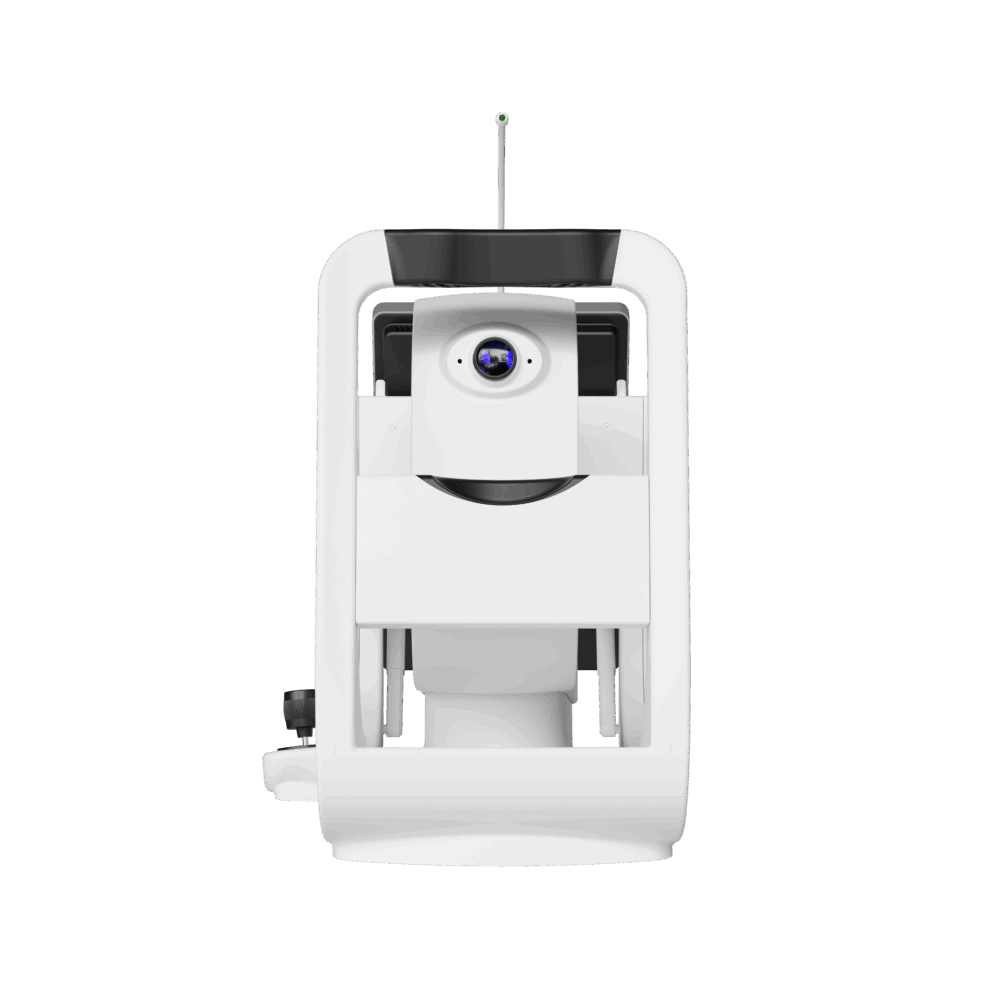
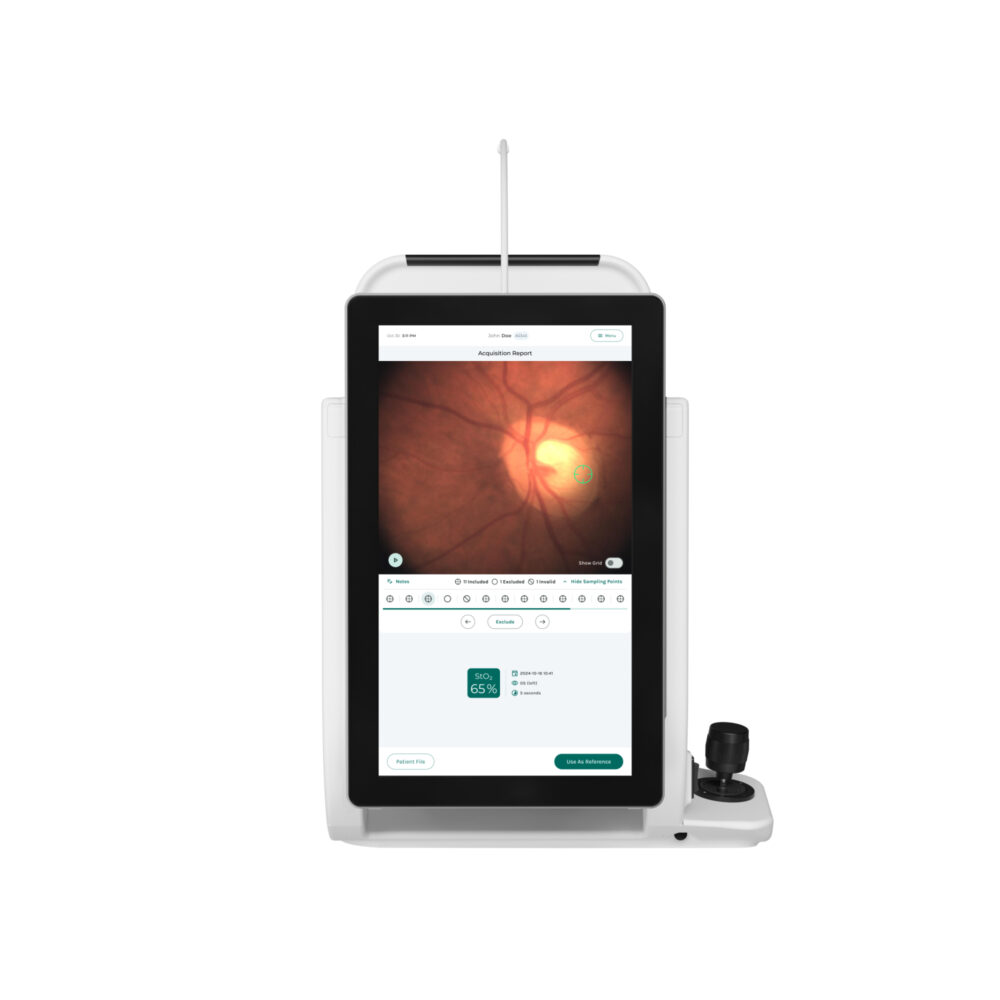

Seeing Before It’s Too Late
Today’s diagnostic tools rely primarily on structural damage. But by the time visible changes occur in the eye, it’s often too late. Zilia’s bet is to catch the disease earlier by tracking functional biomarkers.
“There is evidence that oxygen imbalances could happen years before structural damage. For example, in patients with diabetes but no visible retinopathy, we’re already observing changes in oxygen saturation.”
That finding, confirmed in studies with the University of Houston, is game-changing. Glaucoma, for instance, is often diagnosed based on intraocular pressure, but that’s not always reliable.
“More than half of glaucoma patients present with normal intraocular pressure—and in some Asian populations, this figure exceeds 90%,” says Zujo. “We need better tools.”
Early detection could enable preventive treatment—before symptoms appear.
“Glaucoma is called the ‘silent thief of sight’ for a reason—patients often don’t realize they have it until they’ve already lost more than 50% of their vision. And that damage is irreversible.”
Artificial Intelligence as a Diagnostic Ally
The Zilia Ocular doesn’t just capture light—it also takes images of the retina. That’s where AI comes in.
“Our AI helps analyze both the spectral data and the images. With enough data, AI will help us spot patterns and make links faster than any human ever could.”
This isn’t about replacing the doctor. It’s about giving them better, earlier clues. Zilia envisions the device not only in specialized clinics but in general medical practices—and even remote regions. This approach could indeed transform access to healthcare, particularly in underserved regions such as parts of Africa, Northern Canada, or mobile clinics.
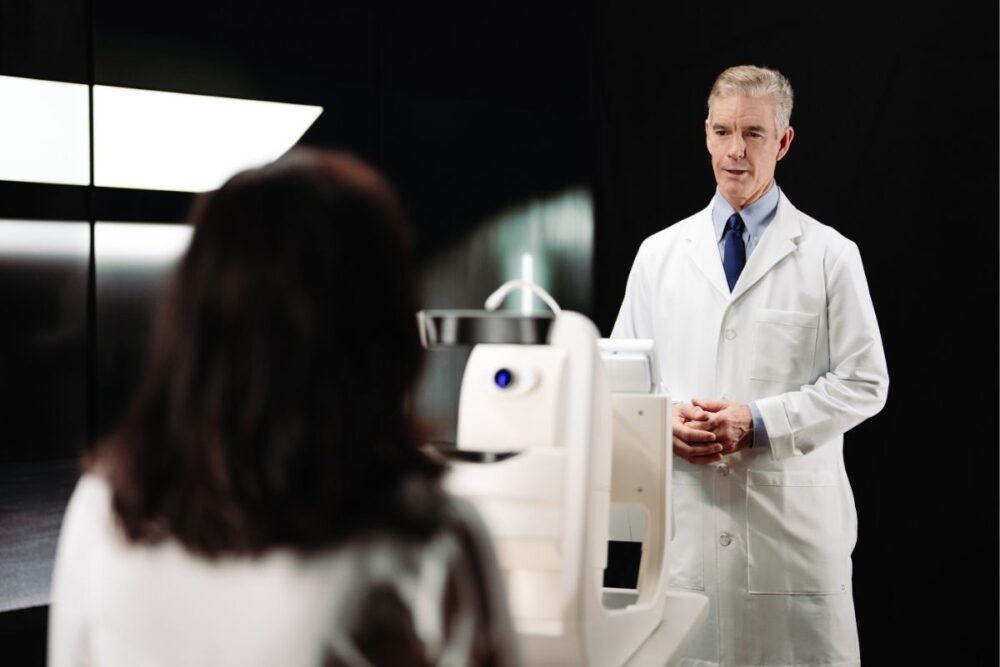
From the Lab to the Clinic
Zilia’s device is currently undergoing regulatory approval. It is already being used in research settings, with over a thousand patients enrolled in clinical trials across North America, including partnerships with institutions like the University of Iowa and Université de Montréal.
Pharmaceutical companies are also watching the technology closely. Many are developing drugs aimed at improving ocular oxygenation—but they lack the tools to verify those effects in vivo. Zilia could fill that gap.
The company is also working with the Quebec Heart and Lung Institute (IUCPQ) on a rare but deadly condition called ATTR (transthyretin amyloidosis).
“The disease is underdiagnosed, but it has a treatment. If we can identify it earlier, we can change outcomes.”
A preclinical study with Université Laval and the CERVO research center showed that Zilia’s technology could detect changes in Parkinsonian monkeys. These findings suggest the eye may offer a non-invasive window into early neurodegenerative changes.
“All this work adds to the growing evidence that the eye offers a unique window into health.”
Looking Ahead: Democratizing Diagnostic Power
Of course, democratizing this technology comes with ethical challenges. If an optometrist suddenly detects a neurological condition a patient didn’t come in for, how do you manage that conversation?
“We’ll need to work on how the data is shared, how professionals are trained, and what role AI will play,” Zujo acknowledges.
However, one of Zilia’s biggest challenges isn’t technical—it’s cultural.
“While treatment traditionally garners the spotlight, there’s an exciting and growing opportunity in prevention. Advances in technology and data are making proactive care more accessible and impactful than ever.”
A Bright Future, Through the Eye
Zilia represents the kind of quiet revolution that could one day become ubiquitous—an AI-powered light beam through the eye that flags health problems before we feel them.
Interested in the North American medical ecosystem? Read our other stories about Quebec-based med tech and bio tech companies.
